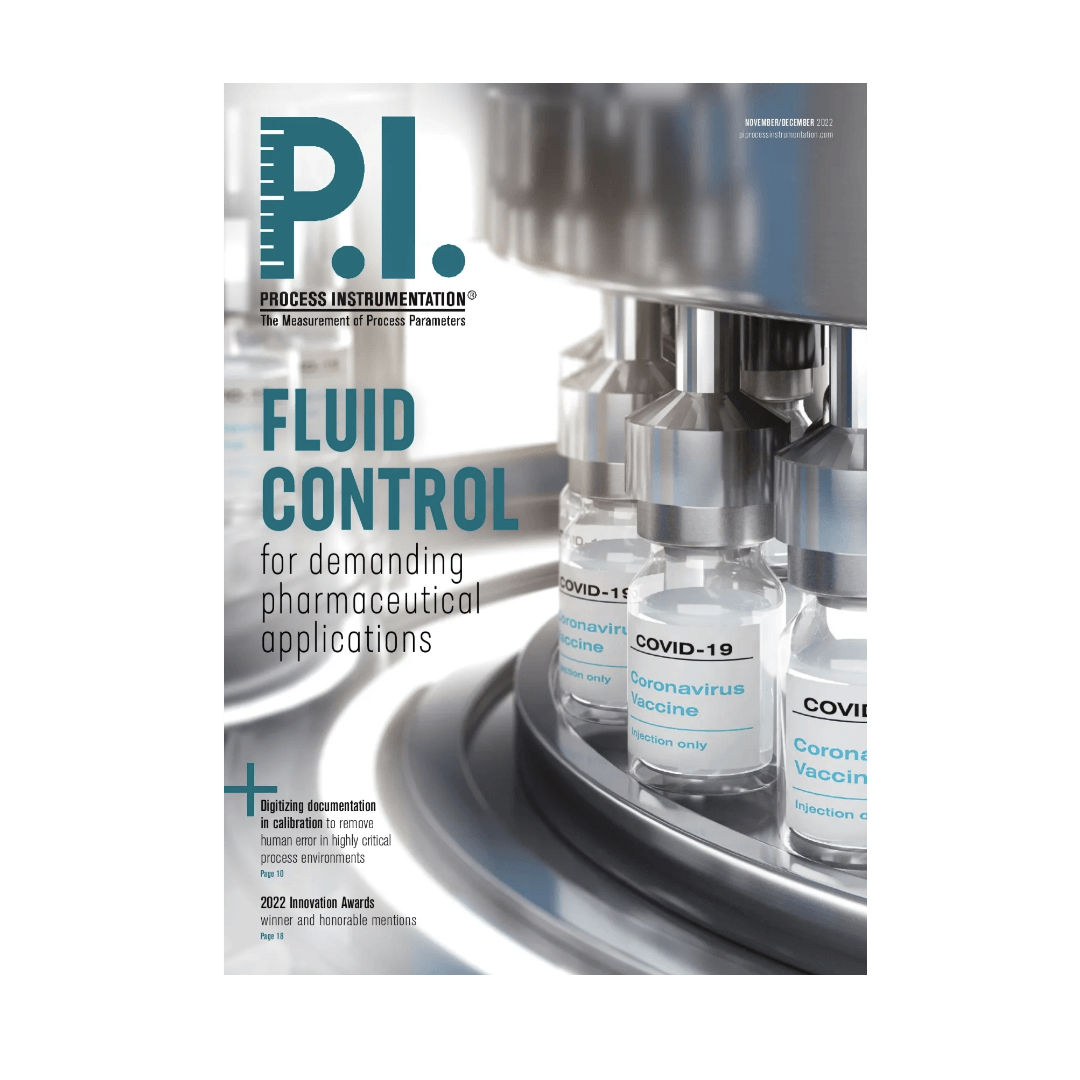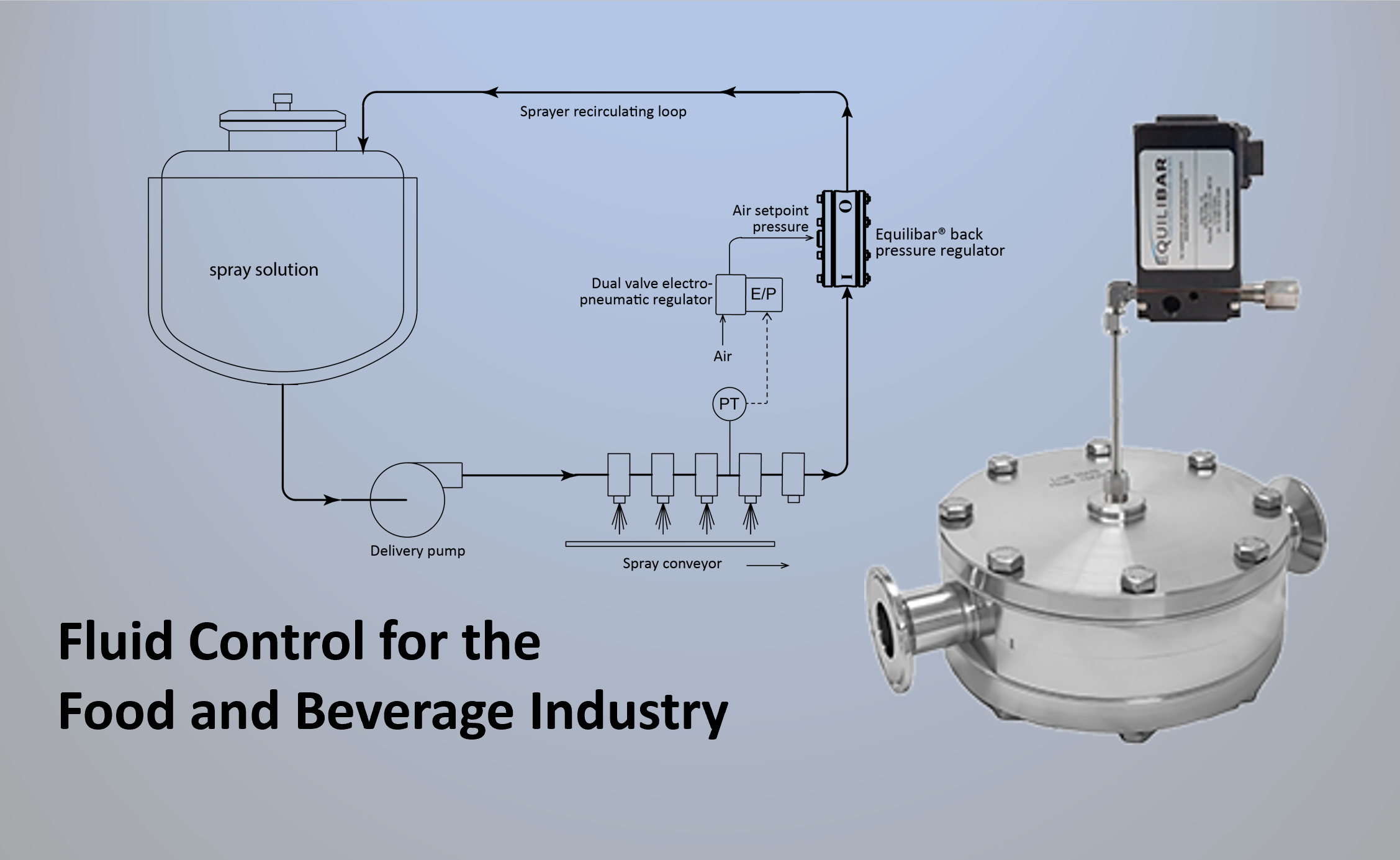The November issue of Process Instrumentation magazine features a cover article by Ryan Heffner, single use technology manager for Equilibar, that provides a comprehensive overview of fluid control options for the fast-changing pharmaceutical industry.
Researchers responding to the COVID epidemic dramatically accelerated the rate of change in the pharmaceutical industry as they developed vaccines and other products in record time. As Ryan explains, one result is that traditional fluid control instruments and systems that worked well previously are not always able to meet new processing challenges.
The article reviews well known options for pharmaceutical fluid control, including spring-operated stem valves and traditional diaphragm valves, which are popular because they offer an unobstructed path for smooth flow and cleanability and are an easy item to replace for preventative maintenance.
For many of today’s more sophisticated pharmaceutical processes, however, these options are not sufficient. Modern processes often require devices that easily control a diverse range of flow rates, have high precision, and also respond in milliseconds to manage pulsating environments. Another factor is Pharma 4.0(™), the initiative of the International Society for Pharmaceutical Engineering (ISPE), which encourages the automation of devices to gather more insight about process data and gain more control over versatile systems that can produce a variety of drug products.
Ryan explains why a dome-loaded multi-orifice valve or regulator set through 1:1 pneumatics often provides a solution by performing reliably despite multiple difficult conditions. He uses three examples to illustrate how this technology can be useful: pressure control for Active Pharmaceutical Ingredient (API) reactors, pressure control for chromatography columns, and vacuum drying for API manufacturing.
Specific advantages include:
- Millisecond native response to quickly varying conditions
- Exceptionally wide Cv range
- 1:1 pneumatic operation, allowing for easy automation
- Extremely low flow rates (controls Cv down to 1E-9)
- Design flexibility allowing for material selection compatible for virtually any fluid
These unique devices are able to control for back pressure, flow, and vacuum, making them worth considering for a variety of complex pharmaceutical fluid control applications.
For more details, including schematics, read the full article in Process Instrumentation. And as always, do not hesitate to contact one of Equilibar’s application specialists about your complex fluid control need.



